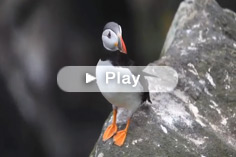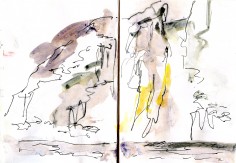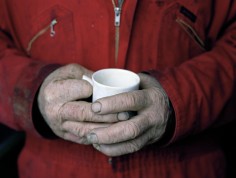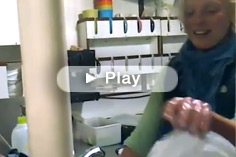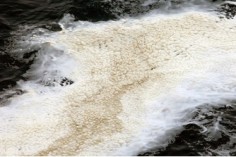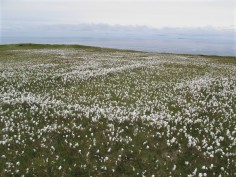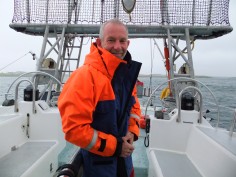About
Joins the expedition for week
4 weeks, 32 artists, 9 scientists, 1 boat
A crew of 41 people including award-winning novelist/filmmaker Xiaolu Guo, sailor Jo Royle – best known for sailing from America to Australia in a catamaran made entirely from plastic bottles, Gaelic singers Julie Fowlis, Mary Jane Lamond and Mary Smith, artists Alison Turnbull and Annie Cattrell, theatre maker David Harradine, playwright Iain Finlay Macleod, storyteller Ian Stephen, poet Jo Shapcott, chef Oliver Rowe and environmental scientist Debora Iglesias-Rodriguez travelled through the Outer and Inner Hebrides during summer 2011, as part of a series of voyages organised by Cape Farewell, in partnership with Cove Park.
The four week-long expeditions investigated the impact of climate change on the cultures and ecologies of Scotland’s island communities. A recent report by the Joseph Rowntree Foundation warned that rising sea levels are likely to have a ‘severe impact’ on much of the UK’s coastline in coming decades, in particular across Scotland’s outlying ‘bellwether’ islands which face the full force of increasing extreme weather events. Scotland’s Highlands and Islands are, however, exceptional in the range of pioneering sustainability programmes, adaptation projects and knowledge transfer schemes being developed at both grassroots level and at the forefront of EU sustainability policy. They offer new imaginative approaches to the relationship between place, stewardship and community agency.
The voyages were themed around the Gaelic language, island musical tradition and story-telling, marine and environmental science, local resources and the built environment. Ideas and practice ranging from the Eigg community buy-out to the use of seaweed as a biofuel were explored as a starting point for a longer term, four-year project which include artists’ residencies across the islands, the documentation and dissemination through exhibition and public events of the experiences of artists and islanders, in particular stories of cultural resilience and survival, and the bringing together of local communities, artists and scientists across the Scottish islands to create a meaningful extension of the voyages.
We are working together with a wide range of amazing institutions, organisations and communities: Cove Park, National Oceanography Centre, Scottish Association for Marine Science, International Centre for Island Technology, Scottish National Heritage, Comhairle Nan Eilean Siar, Storas Uibhist, Barra & Vatersay, Eigg Heritage Trust, Global Islands Network, University of Western Scotland, University of the Highlands and Islands, Sabhal Mor Ostaig, An Tobar, An Lanntair, Taigh Chearsabhagh, Historic Scotland, Siar FM, National Trust for Scotland, Canna Community Association, RSPB Balranald, Machair Life and SEALL Arts.
And many thanks for the support of Creative Scotland, Arts Council England, The Bromley Trust, Eden Project and The Lighthouse Foundation.
